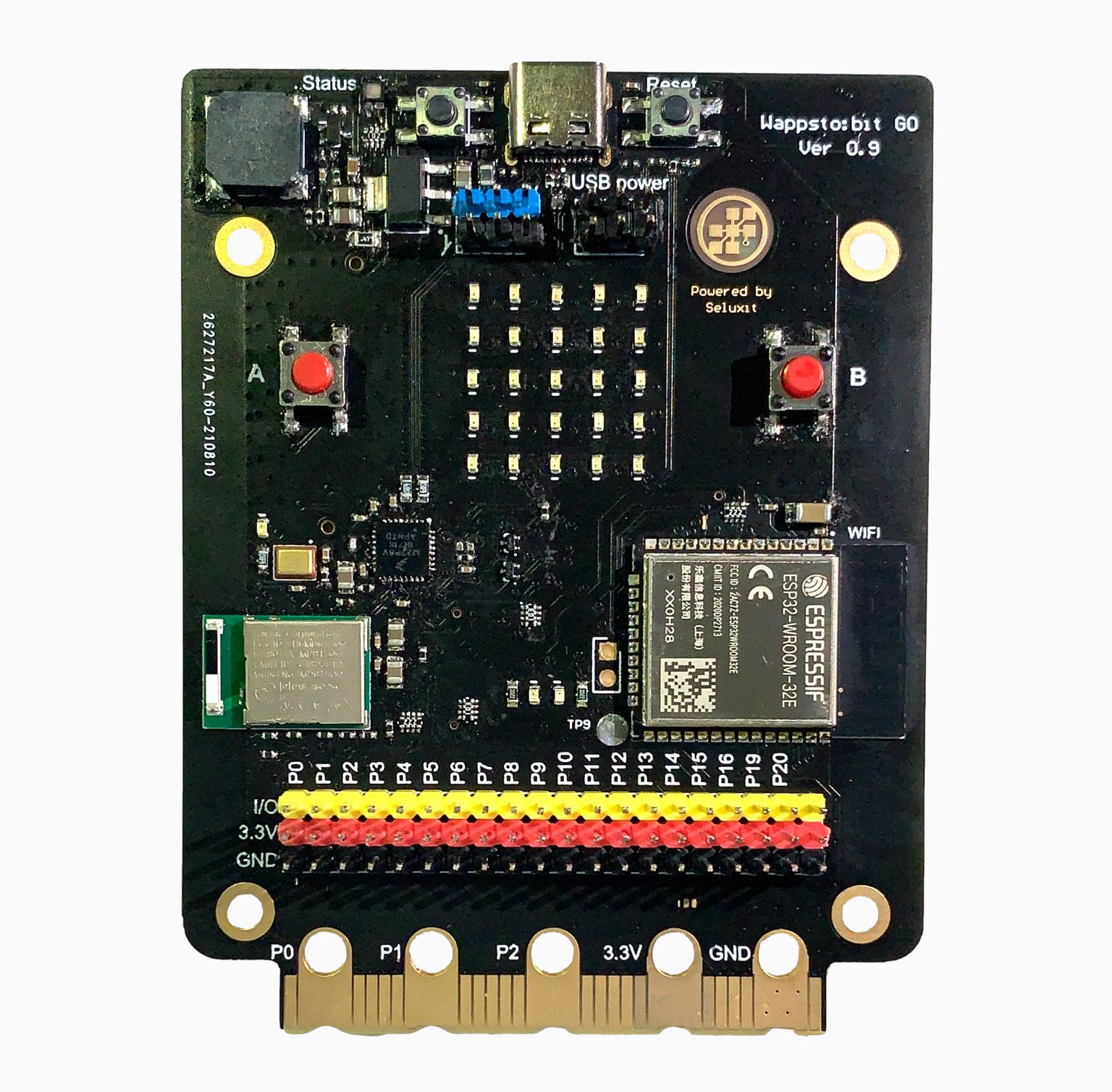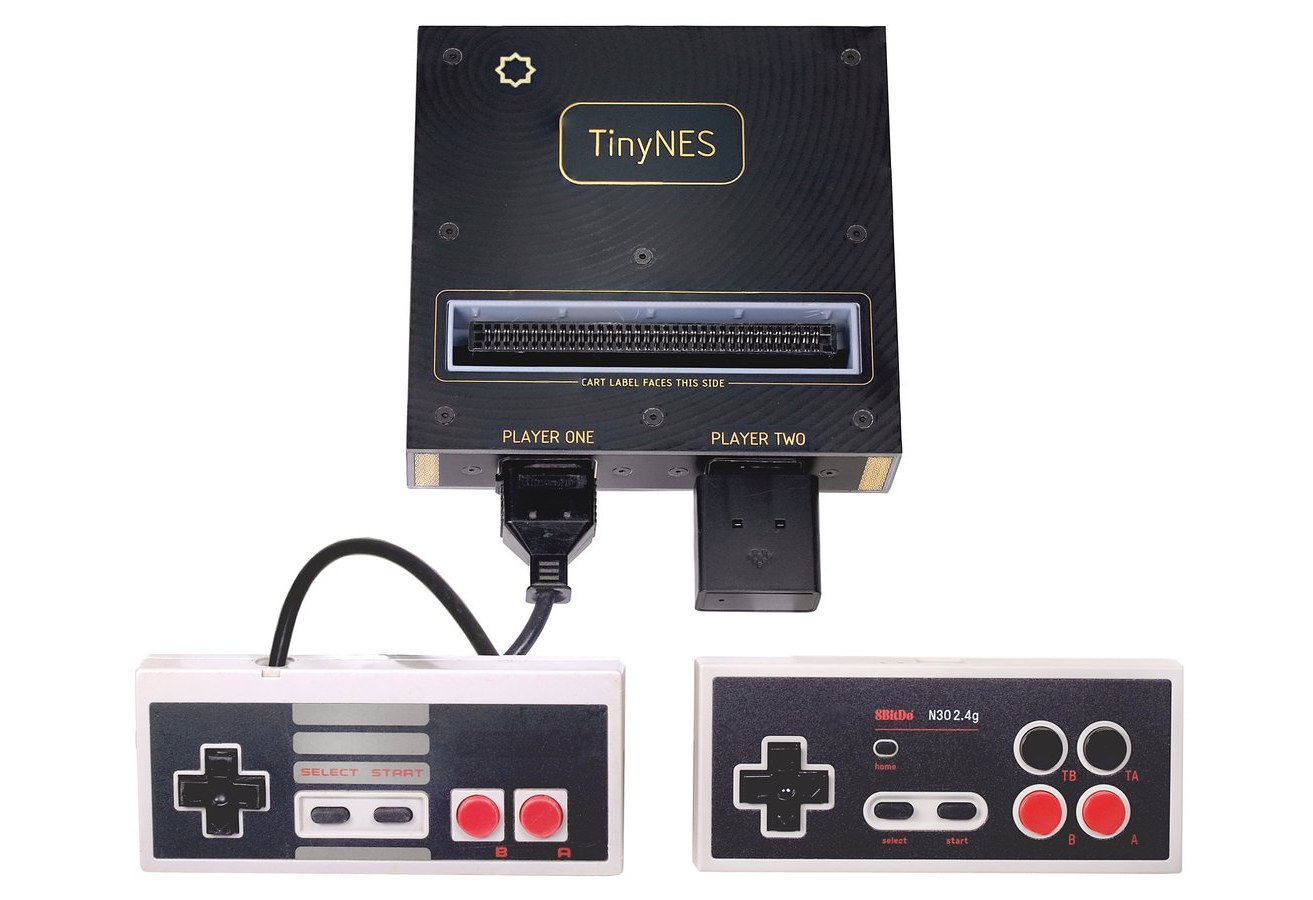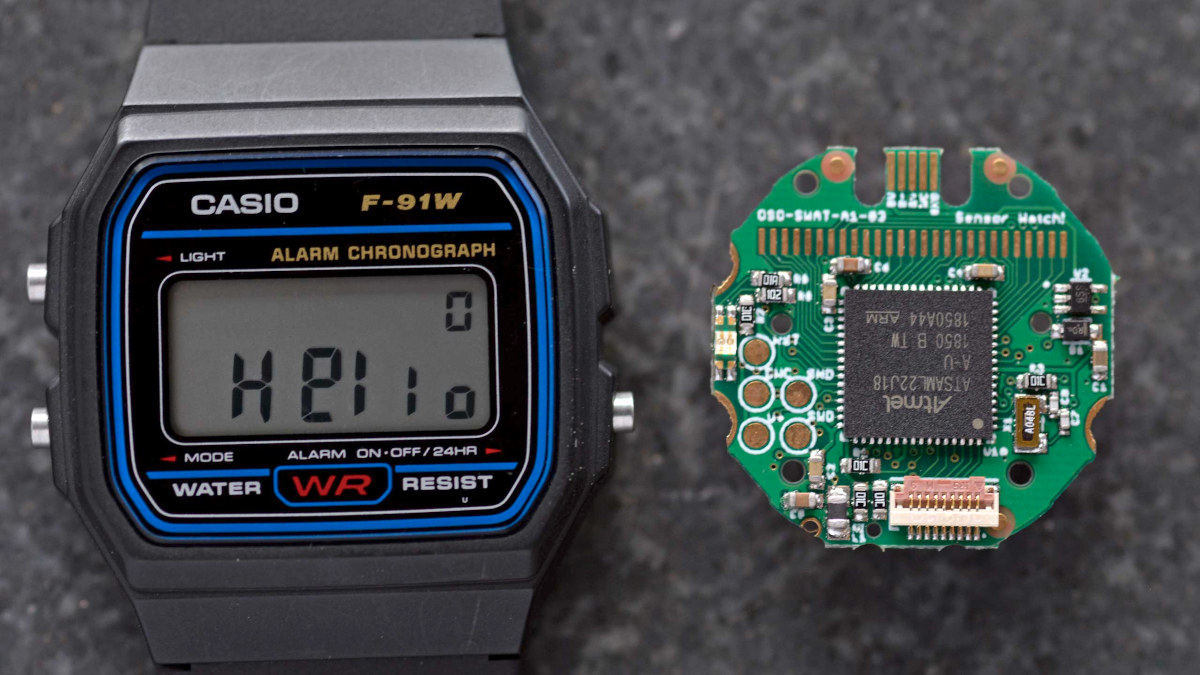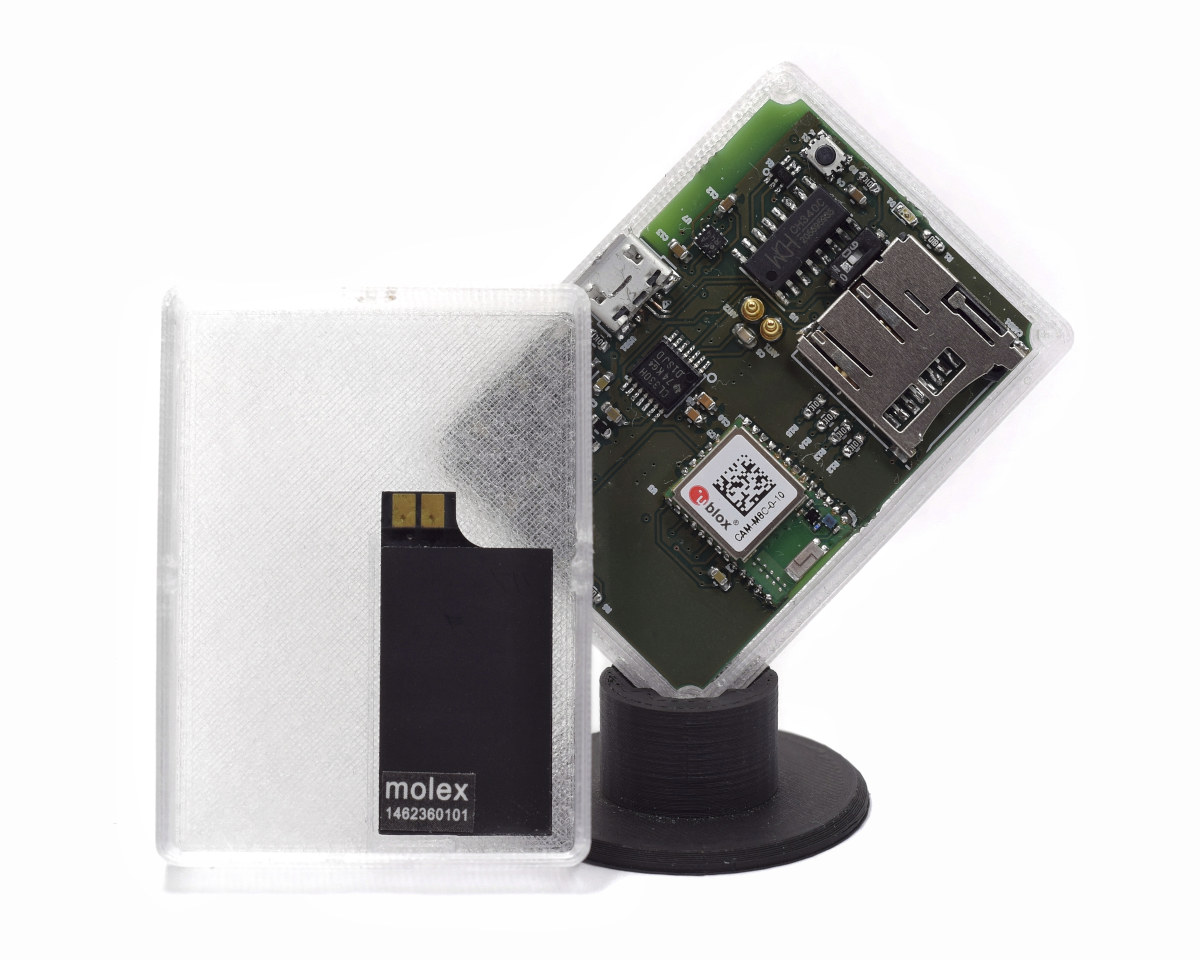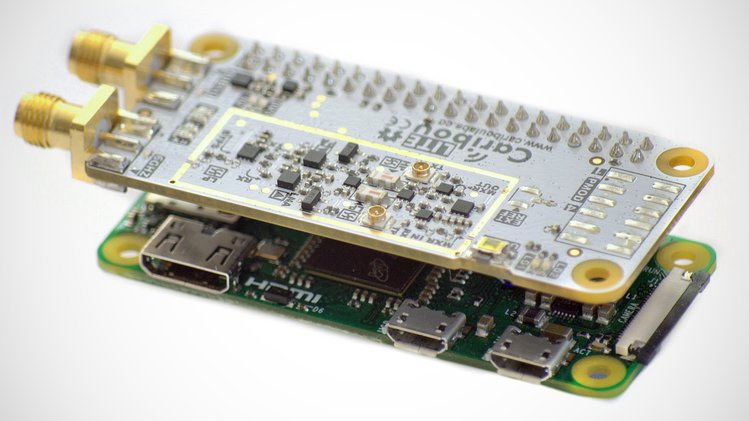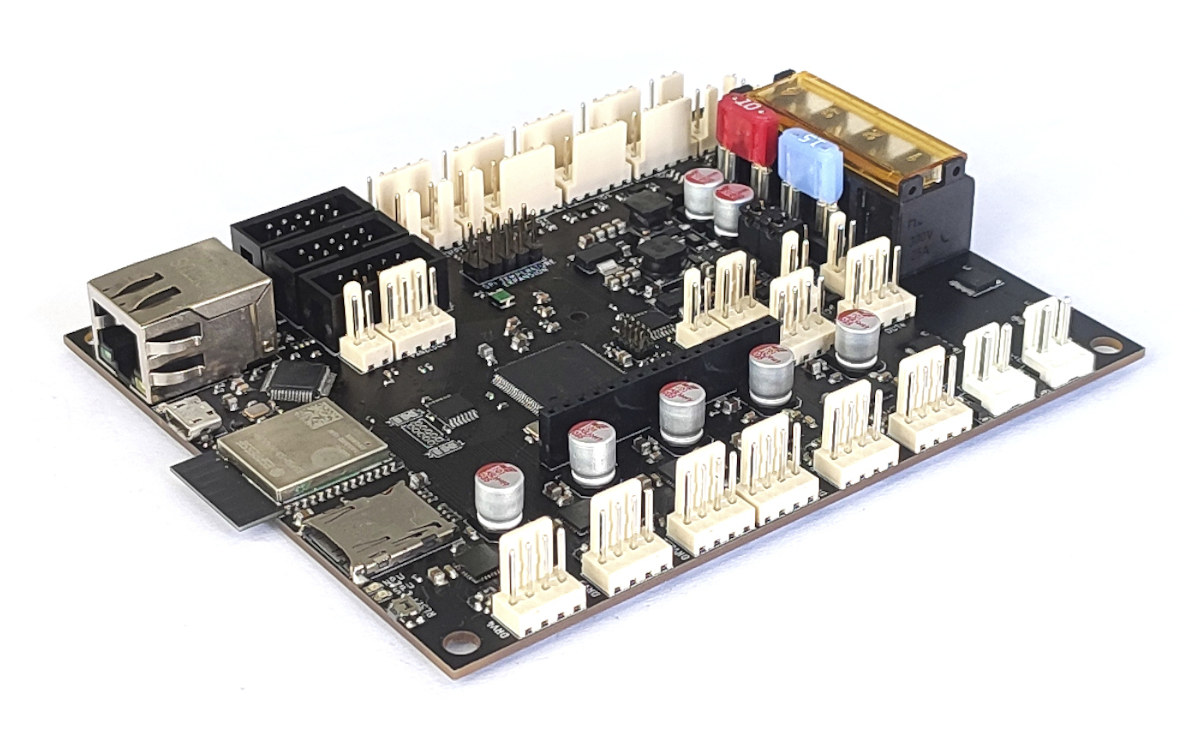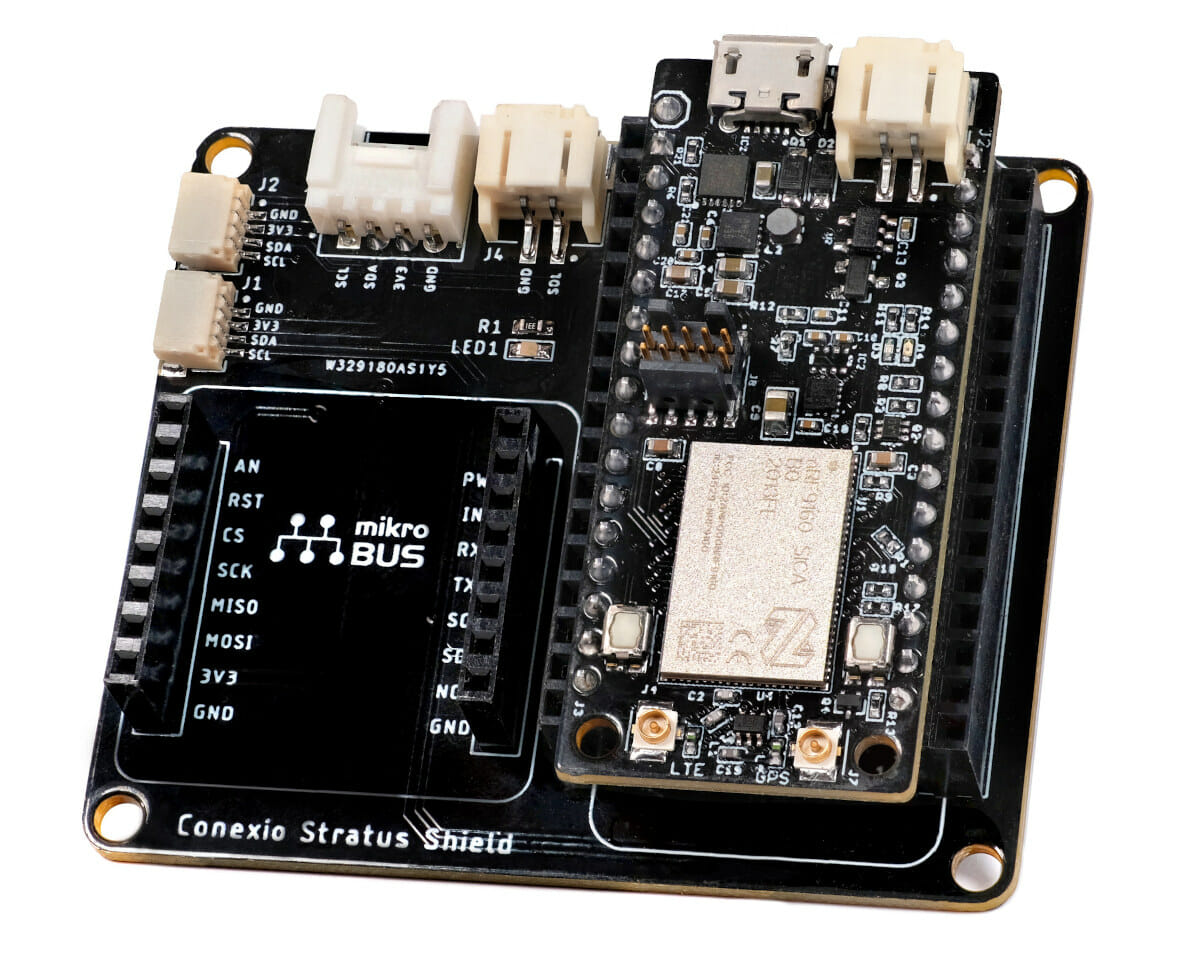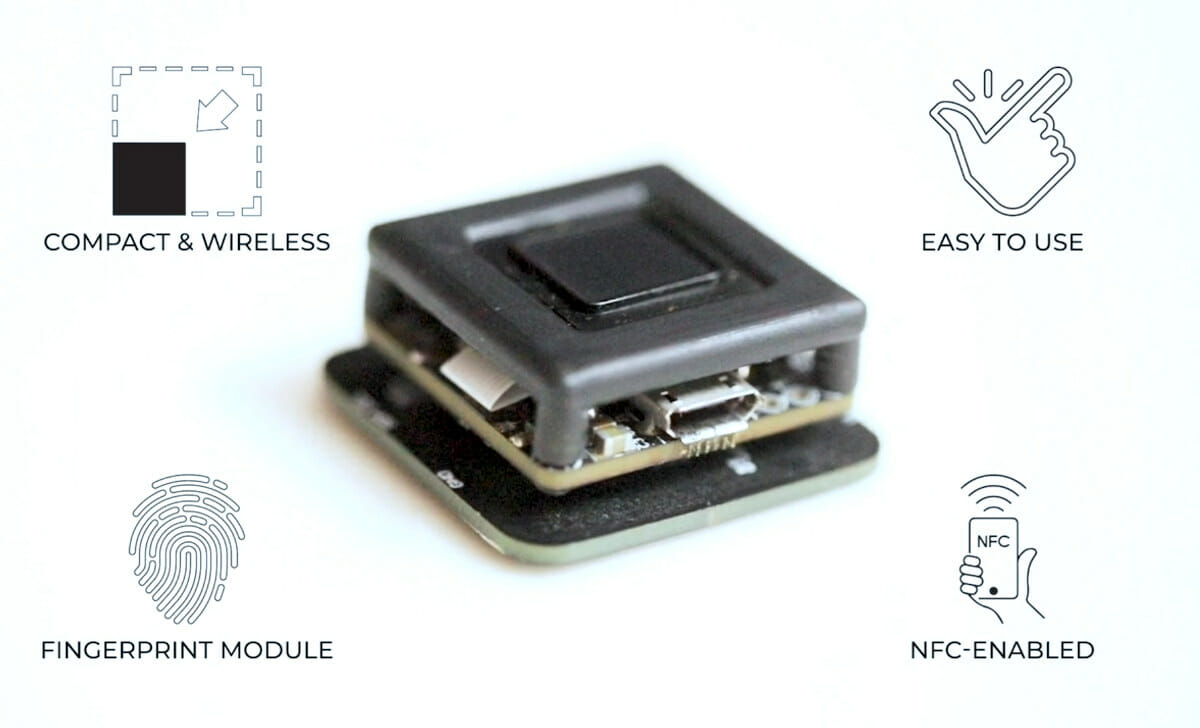Wappsto:bit GO is an ESP32 board compatible with BBC Micro:bit accessories thanks to a compatible edge connector, but adding WiFi to Bluetooth LE, and offering some extras compared to Elecrow Mbits ESP32-based BBC Micro:bit clone. The new board is notably equipped with a wider range of sensors including a light sensor, a magnetometer, and sound sensor beside the temperature sensor and accelerometer present in the original board, and it also exposes GPIO through a more traditional 2.54-pitch header to facilitate the integration of a wider variety of add-on boards. Wappsto:bit GO specifications: Wireless modules ESP32-WROOM-32E module with ESP32 dual-core microcontroller, 4MB flash, 2.4 GHz WiFi and Bluetooth LE connectivity, built-in PCB antenna Raytac MDBT50Q-512K Bluetooth 5.2 module based on nRF52833 with 512KB Flash MCU – NXP Kinetis KL2 Arm Cortex-M0+ microcontroller (MKL27Z256VFM4 ) with 256KB Flash (for USB port handling) Display – 25 LED matrix Sensors Temperature sensor, Light sensor […]
TinyNES – An open-source game console features original or cloned Ricoh RP2A03 & RP2C02 chips (Crowdfunding)
Tall Dog Electronics’ TinyNES (Tiny Nostalgia Evocation Square) is an open-source hardware game console compatible with NES cartridges and featuring the original MOS 6502-based Ricoh RP2A03 CPU (central processing unit) and the Ricoh RP2C02 PPU (picture processing unit) found in the Nintendo NES, although clones may be also used in the future due to the lack of availability. Designed to offer the same experience as the original Nintendo NES, the console comes with two NES controller ports, a cartridge slot, RCA video composite and mono audio outputs, and all electronics is housed in an FR-4 enclosure, the same material used for most PCBs. TinyNES specifications: CPU – MOS 6502-based Ricoh RP2A03 central processing unit, or UMC UA6527 clone PPU – Ricoh RP2C02 picture processing unit, or UMC UA6528 clone Cartridge slot for NES cartridges Controller ports – 2 original NES-style 7-pin controller ports Video – NTSC composite (CVBS) analog […]
Microchip SAM L22 board makes Casio F-91W watch more customizable (Crowdfunding)
Casio F-91W is a popular watch that was first released in 1989, and it is still sold today for around $15. The team at “Oddly Specific Objects” decided to create the “Sensor Watch” open-source hardware board based on Microchip SAM L22 Cortex-M0+ microcontroller that can replace the electronics inside the watch. They still keep the display and enclosure and wristband from the original Casion F-91W watch, but the new board connects to a temperature sensor board, and more importantly, provides the ability to hack/program the watch with your own code, besides the few samples provided, or even design your own sensor board. Sensor Watch board specifications: MCU – Microchip SAM L22 Arm Cortex M0+ microcontroller @ 32 MHz with 32KB RAM, 256 KB of Flash with up to 16 KB EEPROM emulation area Display – Controller for 10-digit segment LCD, plus five indicator segments USB – 1x Micro USB PCB […]
Unsurv offline – An ESP32 GNSS receiver board with NFC, accelerometer (Crowdfunding)
Unsurv offline is a compact and lightweight board with ESP32 WiSoC, a GNSS receiver, an accelerometer, and NFC capabilities to help developers/users collect and analyze location data in a privacy-friendly way. Unsurv Technologies initially developed the board to better understand offline video surveillance with OpenStreetMap (OSM) data. It does so by using a database of camera locations from the OSM on the SD card, “counts” surveillance cameras as you walk past them, and you can then transmit data via NFC and visualize it on your smartphone. The accelerometer is used to wake up the board from deep sleep upon detection of motion. The company has now made the board open-source and other applications are also possible. Unsurv offline specifications: Wireless modules TTGO T-micro32 WiFi 4 and Bluetooth 4.2 module based on ESP32-PICO-D4 SiP with dual-core ESP32 processor, 4MB FLASH, ceramic antenna U-blox CAM-M8C (aka u-blox M8) module with concurrent reception […]
CaribouLite RPi HAT open-source SDR Raspberry Pi HAT tunes up to 6 GHz (Crowdfunding)
CaribouLite RPi HAT is an open-source dual-channel software-defined radio (SDR) Raspberry Pi HAT – or rather uHAT – that works in the sub-GHz ISM range and optionally the 30 MHz – 6 GHz range for the full version. Developed by Israel-based CaribouLabs, the micro HAT is equipped with a Lattice Semi ICE40LP1K FPGA, a Microchip AT86RF215 RF transceiver, two SMA antenna connectors, a Pmod expansion connector, and designed for any Raspberry Pi board with a 40-pin GPIO header. CaribouLite RPi HAT specifications: FPGA – Lattice Semi ICE40LP with 1.28 kLE RF Chipset – Microchip AT86RF215 Sub-GHz / 2.4GHz transceiver Qorvo’s RFFC5072 integrated Mixer IC (for full version only) Tuning Range CH1 Full version – 30 MHz – 6 GHz ISM version – 2.4 – 2.4835 GHz CH2 – Sub-1GHz Max Sampling Rate – 4 MSPS ADC/DAC Resolution – 13-bit Max RF Bandwidth – 2.5 MHz Transmit Power – up to […]
3D printer controller combines ESP32-S3 & Microchip SAME51 microcontrollers (Crowdfunding)
Here’s another ESP32 3D printer controller board with the Phi MainBoard 5LC powered by both an ESP32-S3-WROOM module and a Microchip SAME51 Cortex-M4F microcontroller, and providing Ethernet and WiFi connectivity. Designed by Likha Labs from the Philippines, Phi MainBoard 5LC is pre-loaded with RepRapFirmware firmware running the Duet Web Control interface that allows users to upload G-code files, configure settings, start jobs, control the device, and monitor prints. Besides 3D printers, the developers explain the board can also be used to drive other digital-fabrication equipment, such as CNC machines. Phi MainBoard 5LC 3D printer controller specifications: MCU Espressif Systems ESP32-S3 dual-core Xtensa LX7 WiFi and Bluetooth microcontroller @ 240 MHz with 512 KB SRAM, 8 MB SPI flash via ESP32-S3-WROOM-1-N8 module Microchip ATSAME51N19A Cortex-M4F microcontroller @ 120 MHz with 512 KB flash, 192KB SRAM Storage – MicroSD card socket Connectivity 10/100M Ethernet 802.11b/g/n 2.4 GHz Wi-Fi 4 Bluetooth 5.0 LE […]
Conexio Stratus – An nRF9160 board with solar energy harvesting capability (Crowdfunding)
Conexio Stratus board is equipped with Nordic Semi nRF9160 System in Package (SiP) with LTE-M (eMTC) & NB-IoT cellular IoT connectivity as well as GPS support through a pair of u.FL connectors for antennas, together with 500MB of mobile data valid for ten years. Designed for battery operation, the devkit comes with built-in battery charging, monitoring, and energy-harvesting circuitry, plus an accelerometer and a temperature and humidity sensor that makes it ideal for prototyping cellular IoT systems such as asset-tracking applications, environmental monitoring, and smart-meter monitoring, among others. Conexio Stratus board Conexio Stratus specifications: SiP – Nordic Semi nRF9160 system-in-package with Arm Cortex M33 MCU, 1 MB Flash, 256 kB RAM, cellular IoT modem, and GPS. Cellular Connectivity 3GPP LTE release 13 Category M1 and NB1 compliant 3GPP release 14 NB2 compliant RF Transceiver for global coverage supporting bands: Cat-M1: B1, B2, B3, B4, B5, B8, B12, B13, B14, […]
Chhavi – An ESP32-based fingerprint sensor with optional NFC, battery (Crowdfunding)
Chhavi is a compact, wireless, touch-capacitive fingerprint sensor based on ESP32 WiFi and Bluetooth SoC that is offered with optional NFC connectivity and a battery. The Arduino programmable fingerprint sensor is equipped with Fingerprints‘ FPC BM-Lite fingerprint capacitive biometric sensor that’s much more compact and power-efficient than traditional optical fingerprint sensors. Chhavi specifications: SiP – ESP32-PICO-D4 system-in-package with ESP32 dual-core processor @ 240 MHz, 4 MB SPI flash Fingerprint sensor FPC BM-LITE Module with 99% accurate fingerprint sensing Sensor matrix: 160 x 160 pixels Number of pixels: 25,600 pixels Active sensing area: 8 x 8 mm Features – Automatic finger detection, one-to-one verification mode Durability – 10 million finger placements Connectivity 2.4 GHz 802.11 b/g/n Wi-Fi via ESP32 Bluetooth BLE 4.2/5.x via ESP32 Optional 13.56 MHz NFC via NXP PN7150 NFC I2C controller 3D antenna Display – FPC connector for display USB – 1x Micro USB port for power/charging, and […]


